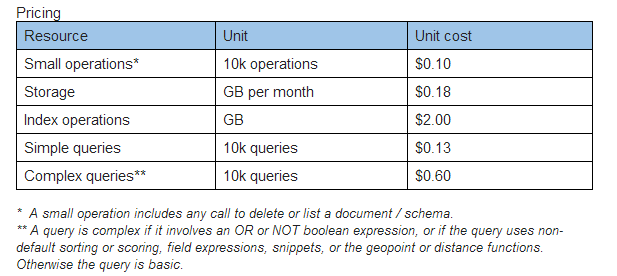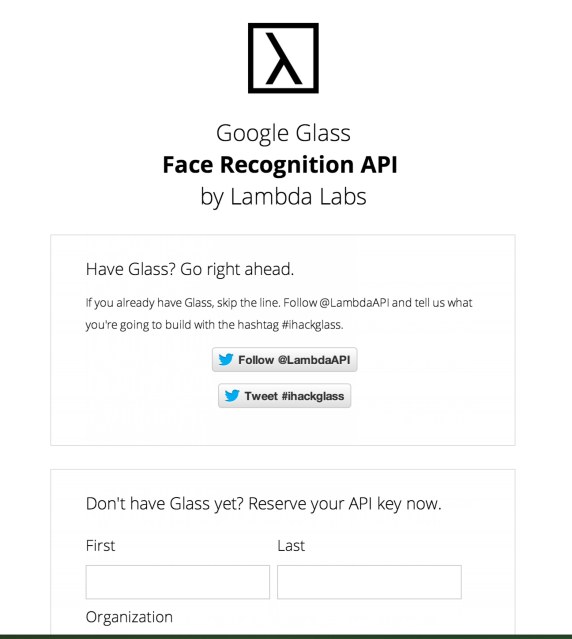For “Glassholes” only: Google Glass’s exclusion problem

Since the first trickle of Google Glass hardware began filtering out to the general public, the company responsible for the heads-up display sent out a message to the world: “These are going to chosen ones, and the rest of you will have to wait.”
Unfortunately, with more people poking, prodding, and forming their opinions about the device in the months that followed the hardware’s initial distribution, that divide seems only to be growing wider. Google Glass, it appears, may be for “Glassholes” only, as some have taken to labeling users.
First and foremost, of course, are privacy concerns. Yesterday, Rackspace released the findings of a study executed in parnership with Centre for Creative and Social Technology (CAST) at Goldsmiths, University of London that polled 4,000 adults from both the U.S. and UK about their feelings towards cloud technologies and Google Glass specifically. While some conceded that cloud technologies have enriched their lives (and 18% of people said they used wearable technology), there was a strong consensus that Google Glass’s privacy wasn’t enough to convince them. More than half of those polled said that their privacy concerns are a barrier to adoption, two-thirds believe Google Glass should have regulations, and one in five wanted the device to be banned entirely.
No matter how many times Google itself says otherwise, Google Glass is developing a reputation as a privacy breacher, and that’s something only really tech-forward people won’t flinch at.
If the privacy doesn’t irk users, then the price may. The introductory price for the developer model of Google Glass is $1,500 — more than a higher-end laptop and certainly more than any peripheral device out there. Heck, it’s even more than the cost of a 3D printer.
And, of course, wearing a cyborg-like face shield isn’t going to earn people any points at a party. There’s an inherent narcissism in Google Glass that stems from its use case — a wearer projects that he or she is more concerned with making sure that a notification is never missed than talking with other people.
The wearable technology movement is just getting going, of course, and Google Glass may simply be too different for most people to get their heads around. Even one of Google Glass’s biggest proponents, Rackspace’s Robert Scoble, told IBTimeson Monday, “It’s an expensive product and it’s a new product, but it’s a product that’s going to kick off 20 years of wearables, and I don’t think we’re going to know what this product means fully for 20 years.”
Bleeding-edge adopters, now is your time to become a Glasshole. For everyone else, it might be a while.




















